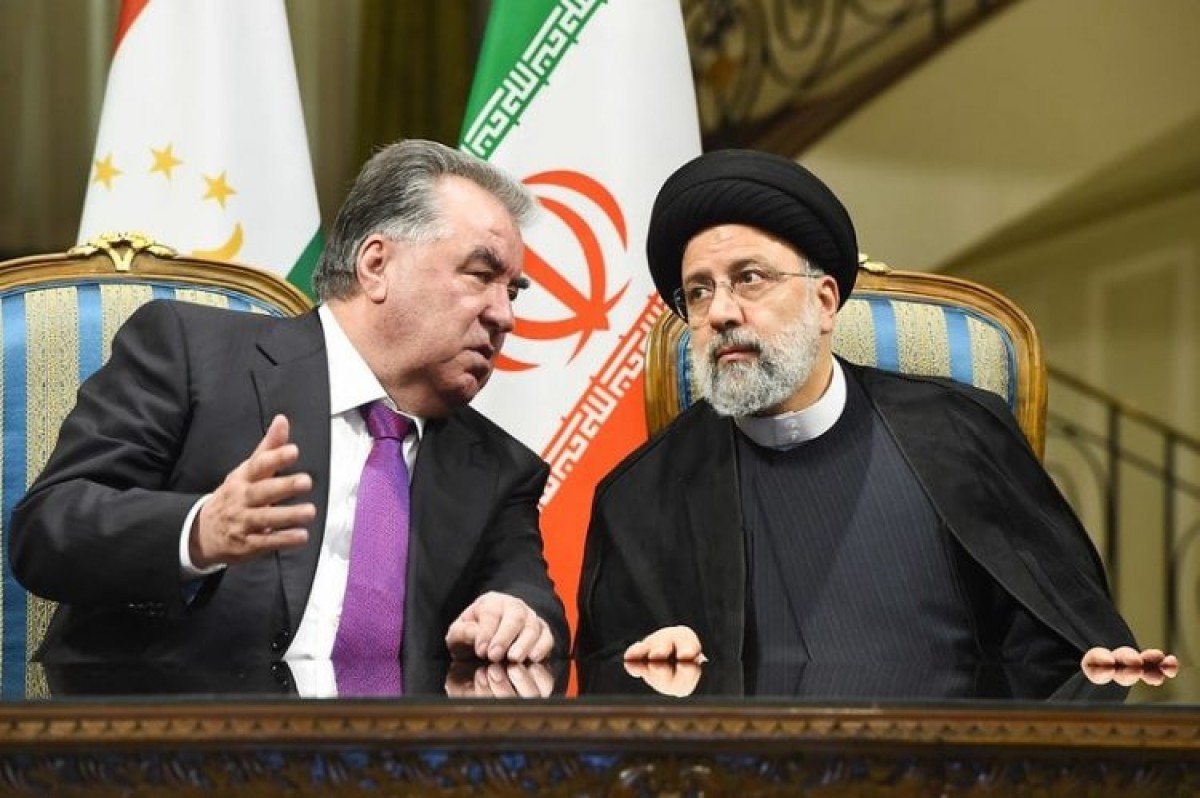 156
156
Long-standing cultural, religious, and historical ties between Iran and Tajikistan have provided a solid foundation for rapprochement and the extension and enhancement of bilateral relations between Tehran and Dushanbe across a broad spectrum of common interests.
Despite the political obstacles created by foreign governments, ties between Iran and Tajikistan are improving rapidly.
Last Sunday, Tajik Presidenta Emomali Rahmon led a high-ranking political and economic entourage to Tehran at the official invitation of Iranian President Ebrahim Raisi.
The two-day visit included an official reception; bilateral conversations between the two presidents; consultations between the two delegations; and the signing of 12 agreements for cooperation in the economic, scientific, political, and cultural sectors.
The significance of Rahmon’s landmark visit to Tehran following nine years of hostile relations may be assessed from several perspectives.
In recent years, both Persian-speaking nations, Iran and Tajikistan, have had strained ties. However, due to emerging geopolitical shifts in Central Asia, the two countries now attempt to ensure their cordial relations.
The thaw in relations between Tehran and Dushanbe may be attributed to the raging conflict in Ukraine, which opened a new chapter in international dynamics, and the question of the Taliban regaining control of Afghanistan after two decades of NTO occupation may be deemed the primary causes of the thaw in relations between Tehran and Dushanbe.
The fierce border dispute with its neighbour, Kyrgyzstan, which a year ago sparked violent clashes in the border regions of the two nations, is considered one of Tajikistan’s chief concerns.
In light of these precarious military circumstances, Kyrgyzstan procured Turkish-made “Bayraktar TB2” drones, operating them in several military exercises near the Tajik border.
This dramatic shift in the military balance caused Tajikistan to realise the importance of Iranian attack drones. Nearly two weeks ago, during a visit by the Chief of Staff of Iran’s Armed Forces, Major General Mohammad Bagheri, a production line of the “Ababil 2” Iranian-made drone was launched in Dushanbe, which could be interpreted as a Tajik-Iranian direct response to Kyrgyzstan and Turkey’s military collaboration.
Tajikistan also faces dire challenges as a consequence of the continuous conflict in Ukraine.
Given the situation in Ukraine and Western sanctions against Russia, it is quite likely that Central Asian markets, particularly Tajikistan, will experience shortages of basic commodities. Therefore, Tajikistan’s economic and commercial links with Iran are of the utmost importance.
The Taliban’s ascension to power in Afghanistan is another alarming issue that has prompted Dushanbe to ameliorate relations with Iran. The Tajik government is worried about the ideological ties between some Tajik border inhabitants and the Taliban, as the Taliban has created an indispensable role for its Tajik infiltrators and sympathisers.
Under former Afghan President Ashraf Ghani, the Afghans posed no threat to Tajikistan, but the Taliban’s advent has substantially transformed the balance of power in Central Asia. As a result of his many fears, Rahmon sought to mend his differences with Iran, especially given Tajikistan’s cultural and linguistic affinities to Iran.
Comment
Post a comment for this article